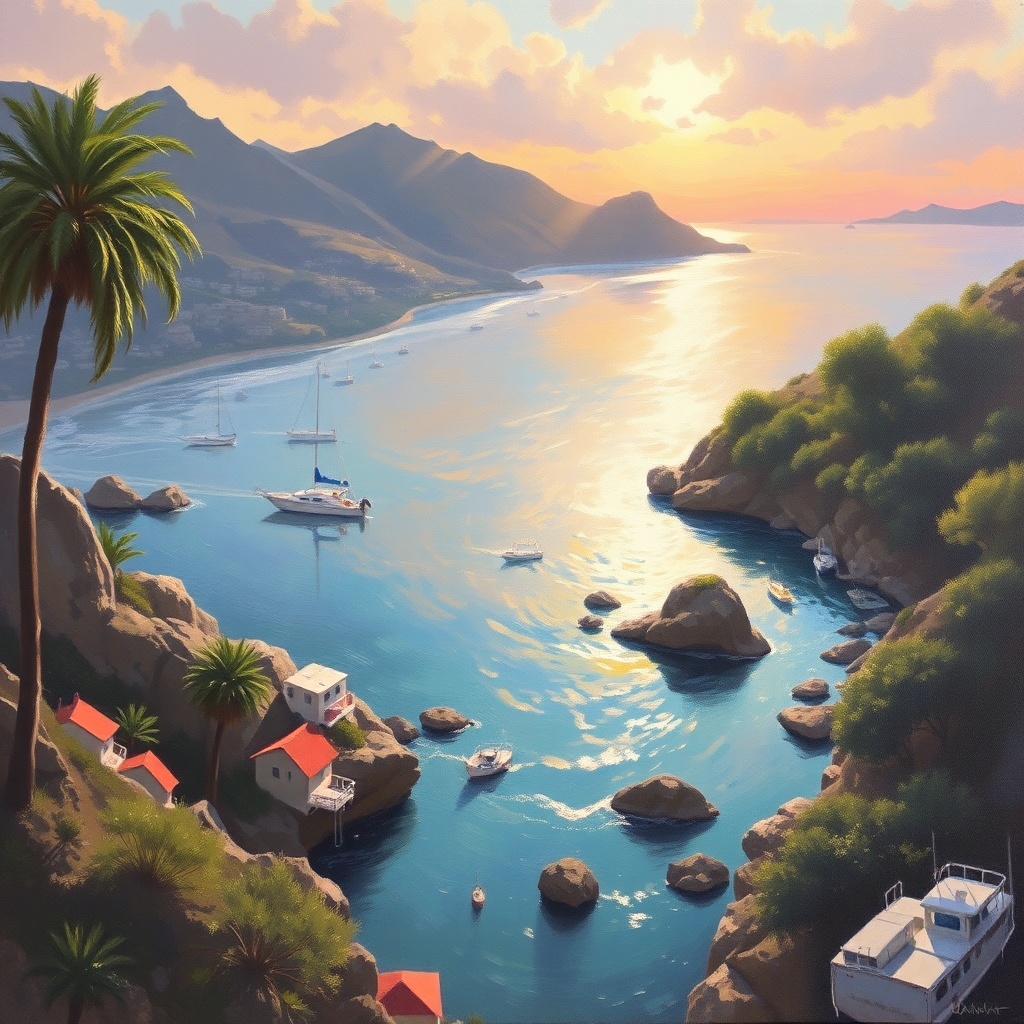Malibu blends dramatic coastline, world-class surf, and a strong culture of conservation, making it a compelling destination for residents and visitors alike. Whether chasing the perfect wave, hiking through coastal canyons, or exploring a lively local dining scene, Malibu offers a range of experiences that showcase Southern California’s coastal lifestyle.
Beaches and surf
Malibu’s beaches are its signature attraction. Wide, sandy stretches like Zuma and the more iconic Surfrider attract families, sunbathers, and surfers. Surfrider Beach is famous for long, peeling right-hand breaks that reward longboarders and experienced shortboarders, while calmer coves provide safer swimming and tidepool exploration.
Beachgoers should check tide charts and local surf reports before heading out, wear reef-safe sunscreen, and be mindful of posted flags and lifeguard guidance.
Hiking and outdoor recreation
The nearby Santa Monica Mountains create a network of trails with ocean views, wildflower meadows, and dramatic cliffside overlooks.
Popular routes lead to viewpoints at Point Dume, and hikes into Malibu Creek State Park reveal rock formations and riparian habitats.
Birdwatchers and photographers find early mornings especially rewarding. Pack water, sunscreen, layered clothing for coastal winds, and stay on marked trails to protect fragile vegetation.
Wildfire resilience and environmental stewardship
Malibu’s dry Mediterranean climate and rugged terrain make wildfire preparedness and land management priorities. Local communities, agencies, and land trusts collaborate on fuel reduction, defensible-space guidelines, and vegetation management to reduce risk while protecting native ecosystems. Homeowners and visitors are encouraged to follow evacuation guidance when issued, keep defensible space clear around structures, and support restoration projects that improve habitat resilience.
Coastal conservation and erosion management
Erosion, sea-level rise, and storm-driven debris shape Malibu’s coastline. Efforts to balance public beach access with natural shoreline dynamics include managed nourishment, dune restoration, and restrictions on beachfront development in particularly vulnerable zones. Supporting local conservation groups, respecting protected areas, and avoiding sand removal or dune disturbance helps preserve the coast for future visitors.
Local food and culture
Malibu’s dining scene pairs seafood-forward cuisine with relaxed beach culture.
From casual beachfront cafes to upscale farm-to-table restaurants, the area emphasizes fresh, local ingredients and ocean views. Small galleries, surf shops, and cultural events round out a day outside, offering ways to connect with the community and local artisans.
Practical tips for visitors
– Parking: Many popular spots fill early; arrive ahead of peak times and carry change or a digital payment app for metered lots.

– Permits and access: Some trailheads and special use areas require parking permits or have limited access—check local parks’ websites before traveling.
– Respect private property: Much of Malibu’s coastline borders private residences; use public access points and follow signs.
– Safety: Ocean conditions can change quickly—be cautious of rip currents and strong surf. Keep children and pets supervised near water.
Malibu’s combination of natural beauty and active stewardship keeps its coastline vibrant and accessible.
Visitors who come prepared, tread lightly, and support local conservation efforts will leave with memorable experiences and contribute to the long-term health of this iconic coastal community.